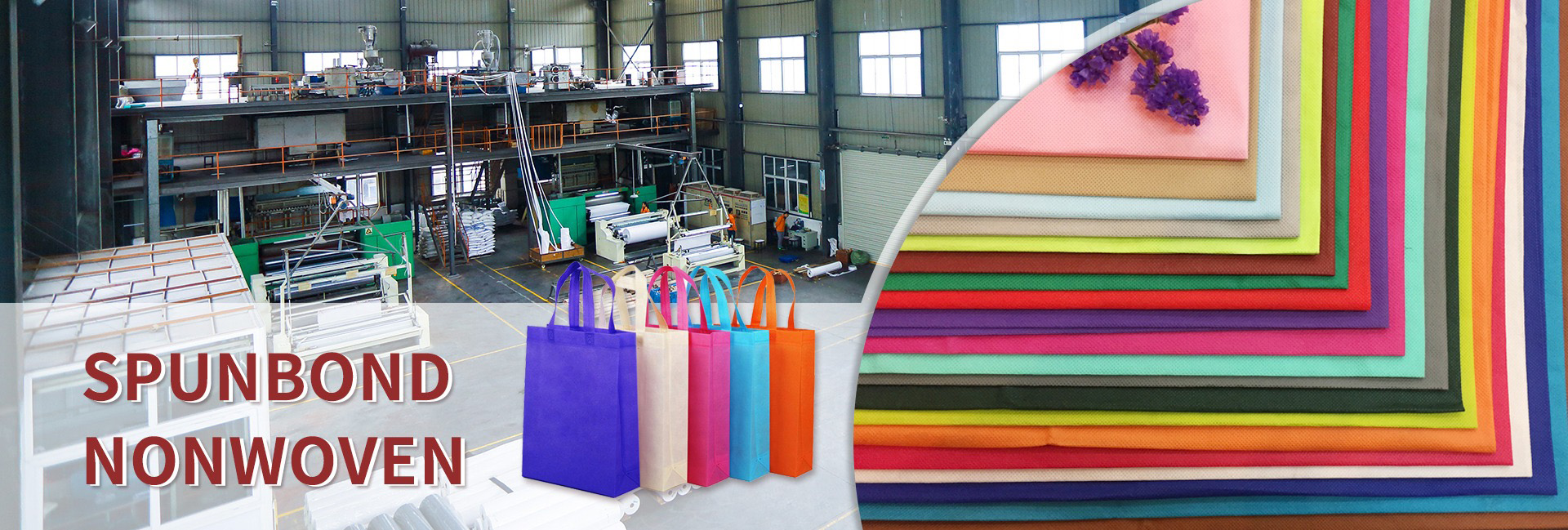The deep integration of industry, academia, and research is not an empty phrase. In the field of agricultural non-woven fabrics, it is closely linking the innovation of laboratories, the wisdom of universities, and the needs of fields with unprecedented vitality, jointly promoting the modernization of agriculture to a new level. Agricultural non-woven fabric has evolved from a simple product to a “systematic solution” and key lever that integrates materials science, intelligent technology, and agronomy.
Why is it a ‘key lever’? ——Strategic position as a bridge between the past and the future
An ideal ‘gripper’ must have universality, plasticity, and powerful driving effects. Agricultural non-woven fabric precisely meets these three points:
Basicity and universality: From covering, insulation, grass prevention to seedling cultivation, it touches multiple “pain points” in agricultural production, with extremely wide application scenarios, and is a “universal technology” that can be quickly popularized.
Carrier and plasticity: Non woven fabric itself is an excellent “basic platform” that can be easily integrated with other technologies (sensors, optical materials, biologics, biodegradable materials) to derive countless innovative products.
Driving force: Its upgrading and replacement can directly drive the development of the entire industry chain of upstream new materials industry, mid-range intelligent manufacturing, and downstream smart agriculture services.
How can industry university research be deeply integrated? ——A never-ending innovation loop
1. “Production” as the core: posing real questions and defining new scenarios
The specific problems encountered by agricultural enterprises, cooperatives, and growers on the production line are the source of innovation. For example, “How to warn pests without pesticides?” and “How to make plastic film disappear on its own.
Enterprises are responsible for conducting pilot testing, mass production, and commercialization of laboratory results, and are the ultimate executors of technology implementation.
2. Based on “learning”: providing theoretical support and cultivating core talents
Higher education institutions (such as agricultural universities and material science schools) are responsible for basic theoretical research. For example, studying plant photophysiology to provide theoretical basis for spectral reflective non-woven fabrics; Study soil microorganisms to ensure the complete harmlessness of biodegradable materials.
More importantly, universities have provided the entire industry with interdisciplinary and versatile talents who understand both agriculture and materials, as well as farming and programming.
3. “Research” as the engine: Breaking through key technologies and achieving a transition from 0 to 1
Research institutes, such as the Academy of Agricultural Sciences and the Institute of Chemical Engineering, are the core force for technological breakthroughs. They are committed to:
Material research and development: Develop low-cost, high-performance biodegradable lactic acid (PLA) materials, or optical materials with added functional masterbatch.
Process design: Design an integrated manufacturing process that perfectly combines sensors, inductors, and other devices with non-woven fabric.
Data modeling: Based on a large amount of field experiment data, construct pest occurrence prediction models or crop growth regulation models.
A typical case of deep integration
Case 1: The birth of biodegradable grass proof fabric
Production: Organic orchards have put forward the demand for “completely solving plastic pollution”.
Study: Research on microbial degradation mechanisms and environmental safety assessment of materials in universities.
Research: The Materials Research Institute is tackling PLA/PBAT blending modification technology to improve its durability and degradation controllability.
Result: A grass proof cloth with a lifespan of 1-2 years and the ability to naturally decompose in soil upon expiration has been launched, solving the problem of “white pollution”.
Case 2: Intelligent warning non-woven fabric system
Production: Green vegetable bases require “zero pesticide residues” and reduced manual inspection costs.
Learning: The entomology laboratory provides a formula of sex pheromones for specific pests.
Research: The Electronic Information Research Institute develops miniaturized, low-power sensors and IoT transmission modules.
Result: A “talking” non-woven fabric capable of real-time counting and remote alarm has been applied, achieving precise monitoring of pests.
The multiplier effect brought about by becoming a “lever”
When agricultural non-woven fabrics are upgraded through deep integration of industry, academia, and research, their promotion of agricultural modernization presents a multiplier effect:
Promoting the transformation of agricultural production methods: shifting from “experience driven” to “data-driven”, and from “extensive management” to “precise regulation”.
Building a green and low-carbon cycle: The use of biodegradable materials has promoted sustainable agricultural development and the achievement of the “dual carbon” goal.
Generating new business formats and models: Agricultural technology service companies that provide integrated solutions of “non-woven fabric+sensors+data services” have emerged, creating new commercial value.
Improving total factor productivity: By saving labor, water and fertilizer, pesticides, and improving yield and quality, the overall efficiency of all production factors such as land, capital, and labor has been comprehensively improved.
Conclusion
The story of agricultural non-woven fabric is a typical story of “small products, large industries, and high technology”. It vividly illustrates that the key lever of agricultural modernization often lies in these “fundamental technologies” that can connect upstream and downstream, and link industry, academia, and research.
Through deep integration guided by industrial demand, based on university research, and driven by research institutes, an ordinary non-woven fabric has been endowed with wisdom and life, becoming a powerful tool for solving agricultural pain points, improving efficiency, and protecting the environment. This not only demonstrates the power of technological innovation, but also depicts a grand blueprint for driving China’s agriculture towards high-quality and sustainable development through collaborative innovation.
Dongguan Liansheng Non woven Technology Co., Ltd. was established in May 2020. It is a large-scale non-woven fabric production enterprise integrating research and development, production, and sales. It can produce various colors of PP spunbond non-woven fabrics with a width of less than 3.2 meters from 9 grams to 300 grams.
Post time: Oct-23-2025

